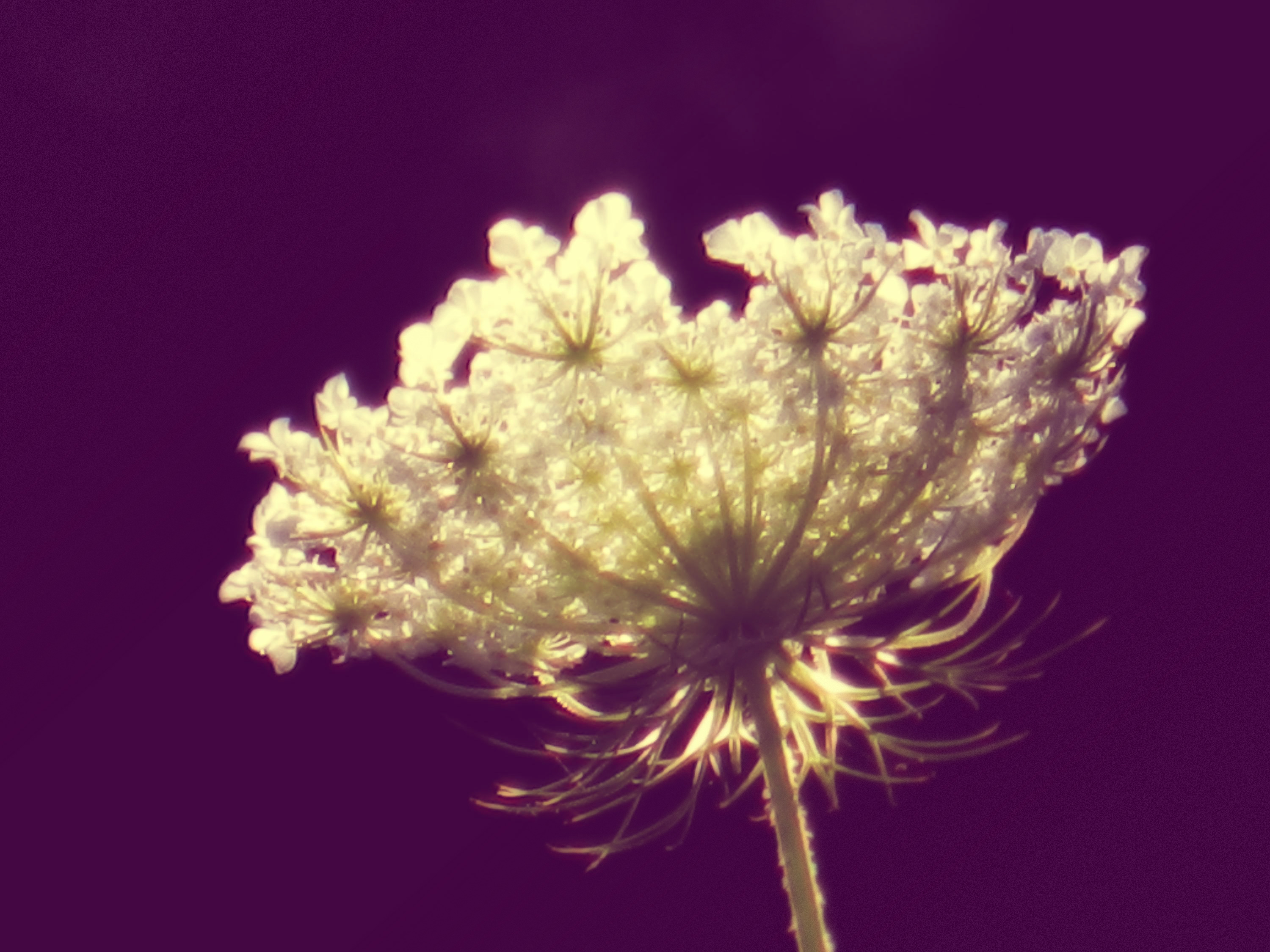
The History Of Queen Anne’s Lace
Anybody in the florist or flower industry knows what a filler flower is. For those who are not familiar with this term, basically, what it means is flowers used to fill in the gaps and spaces in an arrangement. They are by no means the focal point of an arrangement and are simply used to give the bouquet a full, rich appearance. A popular example is Baby’s Breath. However, so many people become tired of using Baby’s Breath and they turn to alternatives like Queen Anne’s Lace instead.

The story behind Queen Anne’s Lace flowers is quite interesting. It is said that Queen Anne was making lace by hand, a process known as tatting, and her lace became the flowers we know today. While tatting the lace, she pricked her finger and out came a single drop of blood. The drop fell on the lace and this is where the dark center of some of the flowers comes from. Although it is agreed that this is the story of Queen Anne’s Lace, what isn’t as clear is which Queen Anne it was. Some say it was Queen Anne born in 1574 and others say it was Queen Anne who was born in 1665.
There are some superstitions surrounding this flower and some believe that if you pick this flower and take it into your home, your mother will die. Others believe that the plant will thrive if planted in the garden of a woman who is true to herself.
In history, Queen Anne’s Lace flowers have been used as a diuretic. They were used to help pass and prevent kidney stones. The seeds were even used as a form of contraceptive. This is still practised today in India where the women chew the seeds every day as a way of reducing their fertility. Even the root of the plant can be consumed as you would any other root such as carrots. This is probably where the name Wild Carrot comes from.
No matter which part of this plant you choose, it is useful in so many ways. Not only can it be used for medicinal purposes but also as a source of nutrients and the umbrella shaped flowers make them attractive enough to be added to a number of different arrangements. You can even slide them in your hair to finish off just about any hairstyle with a gentle touch.
Depending on where you live in the world, these plants are seen as either blessings or pests. If you find that your garden is being overrun with Queen Anne’s Lace, it is simple to cut them back and control the growth. Simply take a walk in your garden with a bucket and sharp pair of scissors or sheers and trim the plant back. Place all the plant material in the bucket and be careful not to spill the seeds on the ground. Once you have done this, you can then decide how you want to use the trimmed plant matter.
